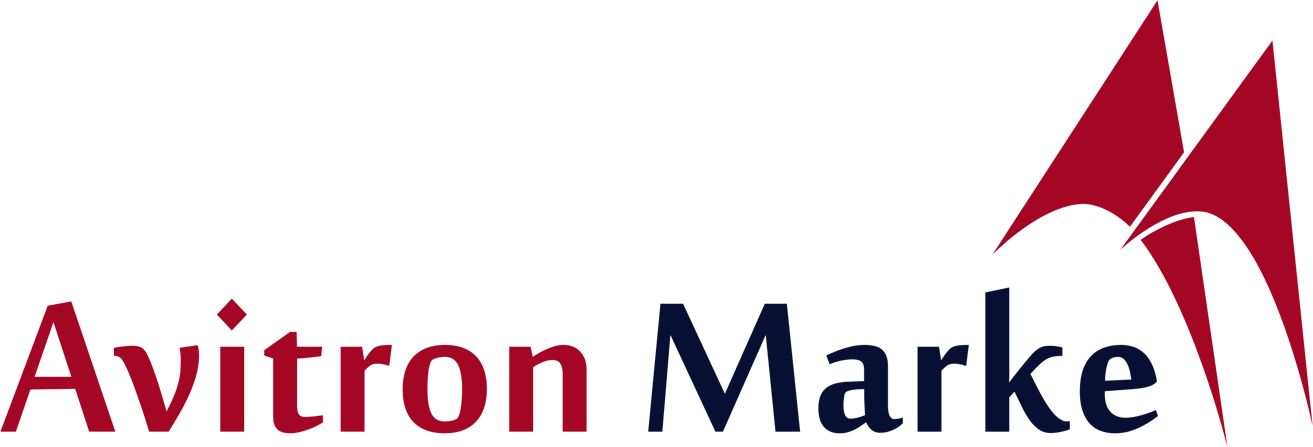Subtotal $0.00
Integrated digital marketing strategies appear to be similar to Omni channel initiatives on the surface. In both, you’re seeking to persuade your audience to take action, such as purchasing your items, across several channels.
Integrated digital marketing strategies, on the other hand, go Omni channel marketing a step further by ensuring that every aspect of your business sends the same message to your clients.
For a variety of reasons, integrated marketing strategies from credible marketing agencies are beneficial.
-
Keep Your Customers in Mind
Consider an in-store experience, which includes signage and packaging and connects to a website or e-commerce channel, as well as social media, direct marketing, and digital advertising touches at the right times. Each strategy can help you reinforce your message and bring your products and services in front of prospects and current customers’ eyes.
-
Make your brand feel more powerful and trustworthy.
While being considered of as a huge brand may not be appropriate for every business, you do want to be seen as confident, trustworthy, and reliable. Here are three important ways that an integrated marketing approach can help you gain credibility:
- Exposure to a message on a regular basis can increase both familiarity and believability.
- Smaller businesses can appear just as professional and authoritative as much larger brands by using social media.
- Add some direct mail: 76 percent of people trust the letters they receive, according to Marketing Sherpa.
-
Begin a two-way dialogue with your customers.
Customers are increasingly seeking a personal connection with your company. Integrated marketing allows clients multiple ways to interact with your business while also giving it a human face. The most direct way to communicate with your customers is through social media. There are also more ways to let your consumers know you’re interested in hearing from them, such as:
- Creating simple, tidy landing page forms that don’t require a lot of data.
- Writing in the first person (e.g., We’re committed to our customers, rather than Bright Company is committed to its consumers.) encourages dialogue.
-
Improve Your Return On Investment (ROI) Significantly
An experienced partner can assist with cost reduction by:
- Creating assets that can be distributed across multiple platforms (e.g., original video that can be used for your product page but then edited down into bite-size clips for your social feeds).
- Advising you on how to obtain a broad reach that is equivalent to more expensive approaches such as outdoor or television advertising utilising less cost methods.
- Assisting you in harnessing efficiencies by planning ahead – especially if you want to include direct mail in your mix (which we highly encourage because it continues to provide great response rates and is viewed as more personal than emails or digital advertising).
-
For Maximum Impact, Evolve the Campaign Over Time
Repetition gives campaigns their strength, but clients can become tired of hearing the same message over and over again. You may adjust little pieces and then assess the impact if you’re using email, direct mail, social media, or other methods that generate valuable analytics. That manner, you can maintain the concept in which both you and your customers believe.
- Expanded Reach:
Integrated tactics, as opposed to single-channel marketing efforts, enable you reach more people and spread the word about your products and services to a larger range of potential clients.
- Synergy
You can improve your presence on other channels by marketing through one channel. Companies having a lot of social media traffic, for example, will frequently see their search results rankings improve over time.
How to run a well-integrated marketing campaign?
There are a few crucial tactics and best practises to keep in mind when you build an integrated marketing campaign. We’ve outlined them here, and they apply regardless of the medium, platforms, or objectives you choose.
- Consistency is key
It’s crucial that your entire marketing plan reinforces the same brand concept. It’s critical to have consistency while telling your brand’s or product’s storey.
Not only does your marketing need to convey the appropriate content, but it also needs to be appealing visually. Using brand colours and components that customers are familiar with will help consumers connect different channels and reinforce the message.
To build and construct a voice that will be presented across numerous platforms, you must collaborate closely with your team. Your communications should be simple to comprehend and relevant to your target audience. People must comprehend what you’re offering and why it’s useful to them in every part of your campaign.
- Coherence is crucial
A consistent approach is required for a successful marketing plan. Without this, you won’t be able to effectively identify your target audience or determine which market is suitable for your campaign.
Not only must apparent channels like PR and advertising be considered, but additional platforms must also be examined in order to accomplish the campaign’s objectives.
It’s critical that you create a strategy that aligns with the message you want to send to your target audience. Consider who you want to target, how you’ll add value to your customers, and how you’ll provide it.Thinking analytically about your decisions and figuring out how to bring different channels together to offer a single, consistent message is what coherency is all about.
The John Lewis Partnership model is a great example of this in practise. Employees are encouraged to consistently show genuine customer service across every phase of the client’s journey when they are treated as partners who receive a piece of overall profits.
- Small overlaps should not be overlooked
It’s tempting to think about each channel and its associated media assets independently when planning your integrated marketing campaign. However, this way of thinking is intrinsically antithetical to the integrated marketing concept. Integrated marketing aims to break down traditional marketing’s silos and provide a unified campaign experience.
As a result, don’t overlook the areas where your campaign intersects. Listed below are a few examples:
- You can include your social networking handles, website URL, or video links in your email signature.
- Links to your website, blog articles, content offers, and other digital content can be included in your social media biographies and posts.
- You can include social sharing buttons on your blog and website.
- Your independent landing pages, which you can optimise for SEO and relevant keywords.
- You can test subject lines in your PPC text to discover what your audience responds to.
While these overlaps may not immediately support your campaign goals, they do assist your audience in transitioning between channels, enjoying a consistent, coherent brand experience, and finally finding their way to a page that converts them.
-
Encourage your marketing managers to communicate with one another
Getting multiple stakeholders from your firm to collaborate on an integrated multichannel marketing campaign is common. Your campaign will be much less integrated than you expect if they aren’t on the same page.
Make sure that everyone in your organisation is communicating so that they can agree on the basics and specifics of your message. There must be a central plan that everyone follows.
You must not only hire marketing channel managers, but also ensure that all of your marketing managers interact often about projects and campaigns in order to properly adopt an integrated marketing approach.
Although not all integrated marketing campaigns or promotions must be on all your channels, at least they should complement each other to avoid a fragmented brand experience for customers.
Integrated Marketing Case Study: Coca-Cola
Coca-Cola recently released Coca-Cola Life, a new product to its long-standing line of soft drinks, along with a month-long promotion. Coca-Cola Life is similar to Coke Zero and Diet Coke, which are both attempts by Coca-Cola to provide a healthier alternative to its primary heavily sugared beverage.
Billboards, buses, and digital screen commercials are being used in 7,000 outdoor locations around the country, with print, internet, experiential, and point-of-sale activities supporting the campaign. Although the beverages have not been advertised on television, the reaction on social media has been overwhelmingly enthusiastic since their release.
Along with all of this, Coca-Cola announced a competition – on Saturday, September 20th, a pop-up shop opened on South Molton Street, London, offering consumers the chance to win a Coca-Cola Life reward, one of which is a long weekend in New York City. Those who were unable to visit the pop-up shop could still enter the competition by uploading a Coca-Cola Life moment photo on social media with the hashtags #CocaColaLife and #comp.
Although the product has yet to be confirmed as a success, the campaign as a whole meet all of the criteria for a solid integrated marketing effort. There are a few takeaways from these integrated marketing case studies, one of which is that it doesn’t matter if you mix up the media within your campaign; in fact, it’s mainly beneficial; all that matters is that you maintain brand consistency throughout the entire rollout.
The manner the message is presented, as well as which media should be at the forefront or the driving force behind your approach, can all affect the campaign’s performance. It can be tough to strike the correct balance, but it is critical that you do.

